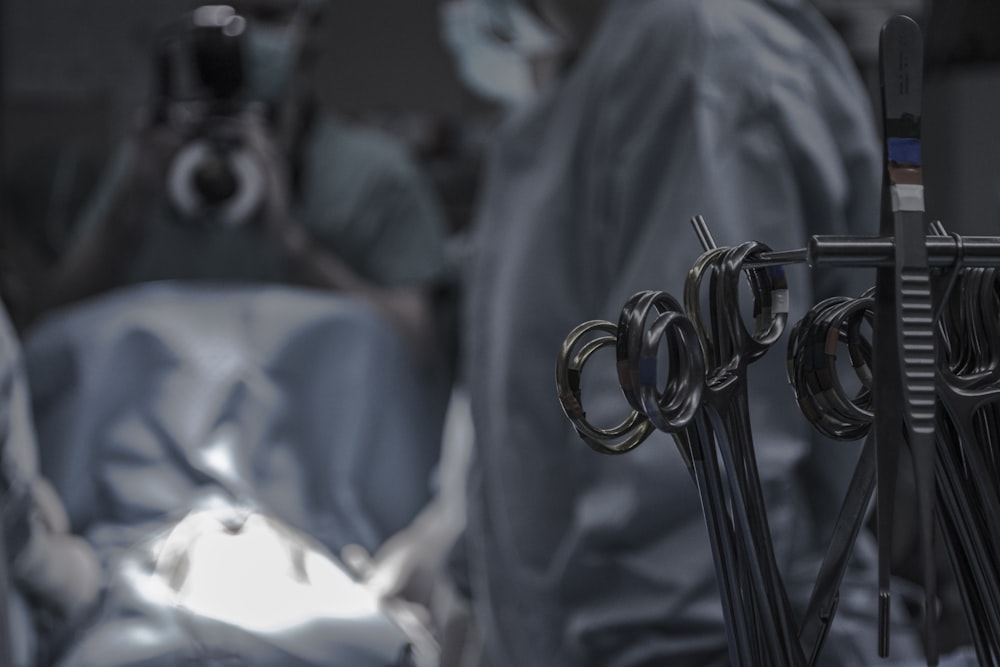目次
大腿骨転子部骨折に対する手術療法 γ-nailとCHSはどちらが良い?
大腿骨転子部骨折に対する手術療法ではγ-nailとCHSによる骨接合術が施行されるされることが多いです.
一般的には不安定型骨折に対してはγ-nailが安定型骨折に対してはγ-nailまたはCHSが使用されることが多いですが,γ-nailとCHSってどちらの方が優れているのでしょうか?
今回は大腿骨転子部骨折に対する手術療法としてγ-nailとCHSはどちらが良いのかを考えるうえで参考になる論文をご紹介させていただきます.

今回ご紹介する論文
JAMA Netw Open. 2023 Jun; 6(6): e2317164.
Published online 2023 Jun 6. doi: 10.1001/jamanetworkopen.2023.17164
PMCID: PMC10245197
PMID: 37278998
Intramedullary Nailing vs Sliding Hip Screw in Trochanteric Fracture Management
The INSITE Randomized Clinical Trial
Emil H. Schemitsch, MD
今回ご紹介する論文は2023年に掲載された論文です.
研究の意義
Fractures of the hip have devastating effects on function and quality of life. Intramedullary nails (IMN) are the dominant implant choice for the treatment of trochanteric fractures of the hip. Higher costs of IMNs and inconclusive benefit in comparison with sliding hip screws (SHSs) convey the need for definitive evidence.
大腿骨近位部骨折は機能や生活の質に壊滅的な影響を及ぼします.
髄内釘(IMN)は大腿骨転子部骨折の治療に用いられるインプラントの主要な選択肢であります.
髄内釘のコストが高くスライディングヒップスクリュー(SHS)と比較して決定的な利点がないことから,決定的なエビデンスが必要であります.
研究の目的
To compare 1-year outcomes of patients with trochanteric fractures treated with the IMN vs an SHS.
この研究では大腿骨転子部骨折症例を対象とし手1年間の転帰を髄内釘とスライディングヒップスクリューで比較することを目的としております.
研究デザイン,セッティング,研究対象
This randomized clinical trial was conducted at 25 international sites across 12 countries. Participants included ambulatory patients aged 18 years and older with low-energy trochanteric (AO Foundation and Orthopaedic Trauma Association [AO/OTA] type 31-A1 or 31-A2) fractures. Patient recruitment occurred between January 2012 and January 2016, and patients were followed up for 52 weeks (primary end point). Follow-up was completed in January 2017. The analysis was performed in July 2018 and confirmed in January 2022.
この無作為化臨床試験は12ヵ国25施設で実施されております.
対象は18歳以上の症例を対象としており,低エネルギー転子部骨折(AO Foundation and Orthopaedic Trauma Association [AO/OTA] type 31-A1または31-A2)でありました.
対象は2012年1月から2016年1月の間に行われ,症例は52週間追跡しております(主要エンドポイント).
追跡調査は2017年1月に終了しております.
解析は2018年7月に実施し,2022年1月に確定しております.
介入
Gamma3 IMNまたはSHSによる外科的固定を行っております.
主要アウトカム測定
The primary outcome was health-related quality of life (HRQOL), measured by the EuroQol–5 Dimension (EQ5D) at 1-year postsurgery. Secondary outcomes included revision surgical procedure, fracture healing, adverse events, patient mobility (measured by the Parker mobility score), and hip function (measured by the Harris hip score).
主要アウトカムは術後1年におけるEuroQol-5 Dimension(EQ5D)で測定した健康関連QOL(HRQOL)でありました.
副次的アウトカムは再手術,骨折治癒,有害事象,移動能力(Parker mobility scoreで測定),股関節機能(Harris hip scoreで測定)としております.
研究の結果
In this randomized clinical trial, 850 patients were randomized (mean [range] age, 78.5 [18-102] years; 549 [64.6% female) with trochanteric fractures to undergo fixation with either the IMN (n = 423) or an SHS (n = 427). A total of 621 patients completed follow-up at 1 year postsurgery (304 treated with the IMN [71.9%], 317 treated with an SHS [74.2%]). There were no significant differences between groups in EQ5D scores (mean difference, 0.02 points; 95% CI, −0.03 to 0.07 points; P = .42). Furthermore, after adjusting for relevant covariables, there were no between-group differences in EQ5D scores (regression coefficient, 0.00; 95% CI, −0.04 to 0.05; P = .81). There were no between-group differences for any secondary outcomes. There were also no significant interactions for fracture stability (β [SE] , 0.01 [0.05]; P = .82) or previous fracture (β [SE], 0.01 [0.10]; P = .88) and treatment group.
この無作為化臨床試験では大腿骨転子部骨折を有する850例の症例(平均[範囲]年齢78.5[18~102]歳;549人[64.6%女性])が,髄内釘(n=423)またはスライディングヒップスクリュー(SHS)(n=427)による固定を受ける群に無作為に割り付けております.
合計621例の症例が術後1年の追跡調査を完了しております(IMNで治療した症例は304例[71.9%],SHSで治療した症例は317例[74.2%]).
EQ5Dスコアには群間で有意差はありませんでした(平均差、0.02点;95%CI、-0.03~0.07点;P = 0.42).
さらに関連する共変数を調整した後でも,EQ5Dスコアに群間差はみられませんでした(回帰係数、0.00;95%CI、-0.04~0.05;P = 0.81).
副次的アウトカムについても群間差はみられませんでした.
骨折の安定性(β [SE] , 0.01 [0.05]; P = 0.82)または骨折歴(β [SE], 0.01 [0.10]; P = 0.88)と治療群との有意な交互作用もみられました.
研究の結論
This randomized clinical trial found that IMNs for the treatment of trochanteric fractures had similar 1-year outcomes compared with SHSs. These results suggest that the SHS is an acceptable lower-cost alternative for trochanteric fractures of the hip.
この無作為化臨床試験では大腿骨転子部骨折の治療におけるIMNは、SHSと比較して1年後の転帰が同程度であることが明らかになりました.
この結果は大腿骨転子部骨折に対してSHSが許容可能な低コストの選択肢であることを示唆しております.
今回は大腿骨転子部骨折に対する手術療法としてγ-nailとCHSはどちらが良いのかを考えるうえで参考になる論文をご紹介させていただきました.
かなり大規模なデータですね.
安定型骨折に限定しているわけでもなさそうですので,不安定型骨折に対してもCHSで同等の治療成績が得られるのでしょうか.
外側広筋の侵襲はCHSの方が大きいですけどね…






